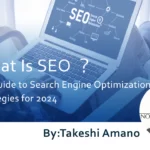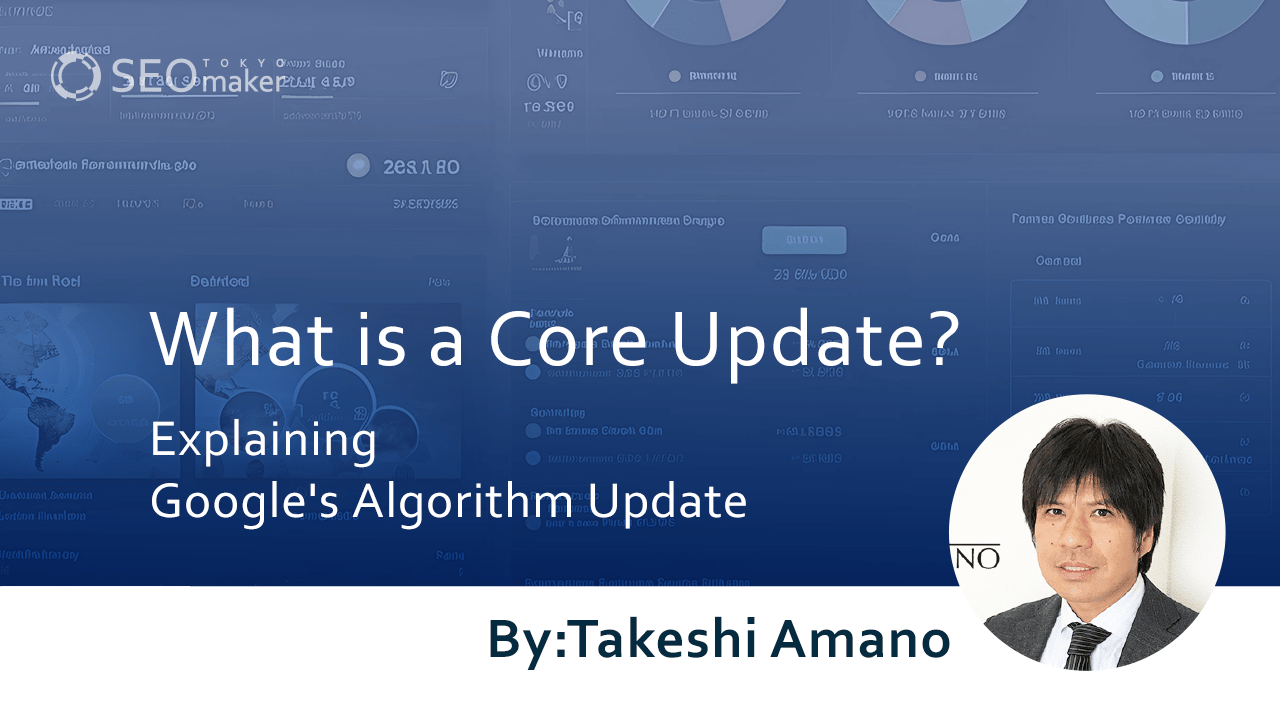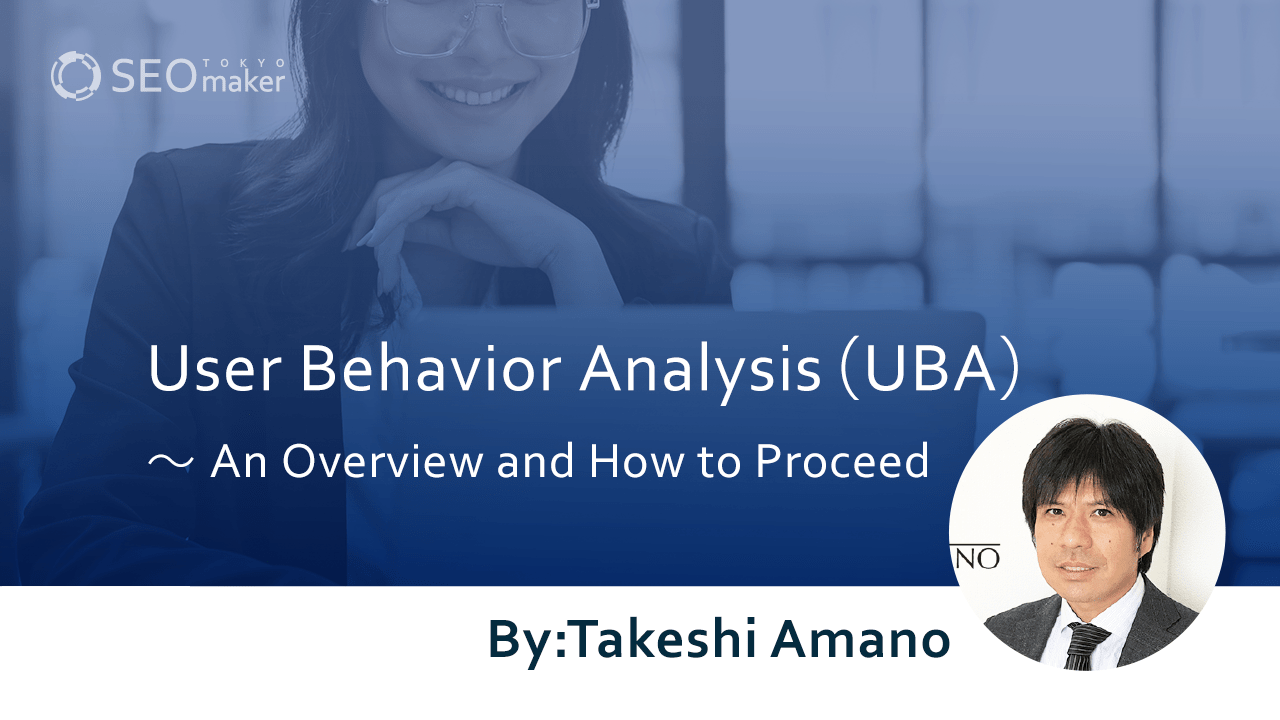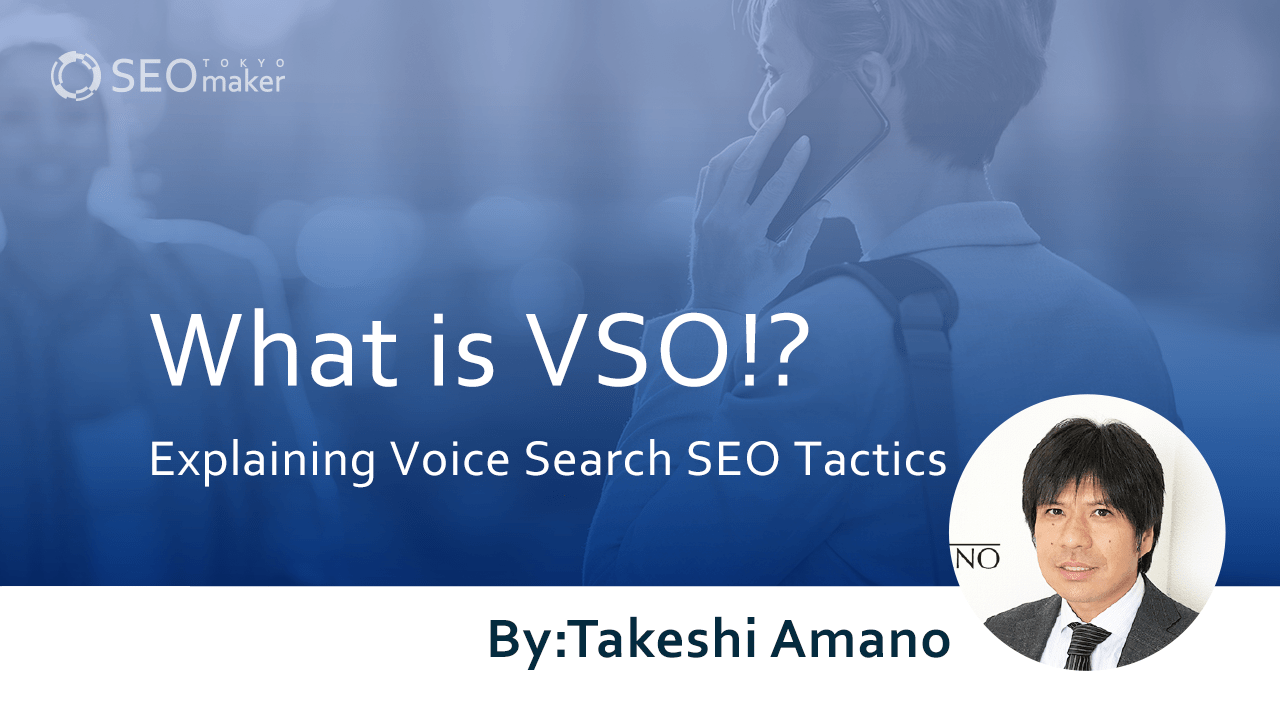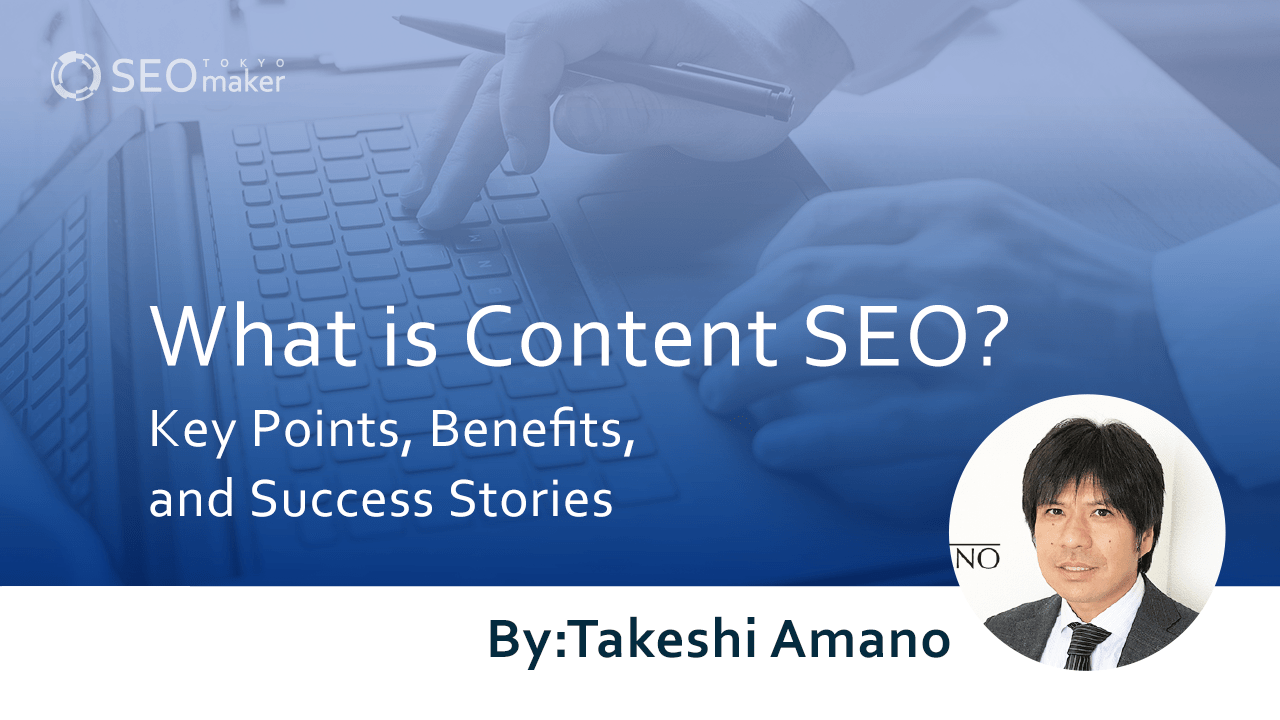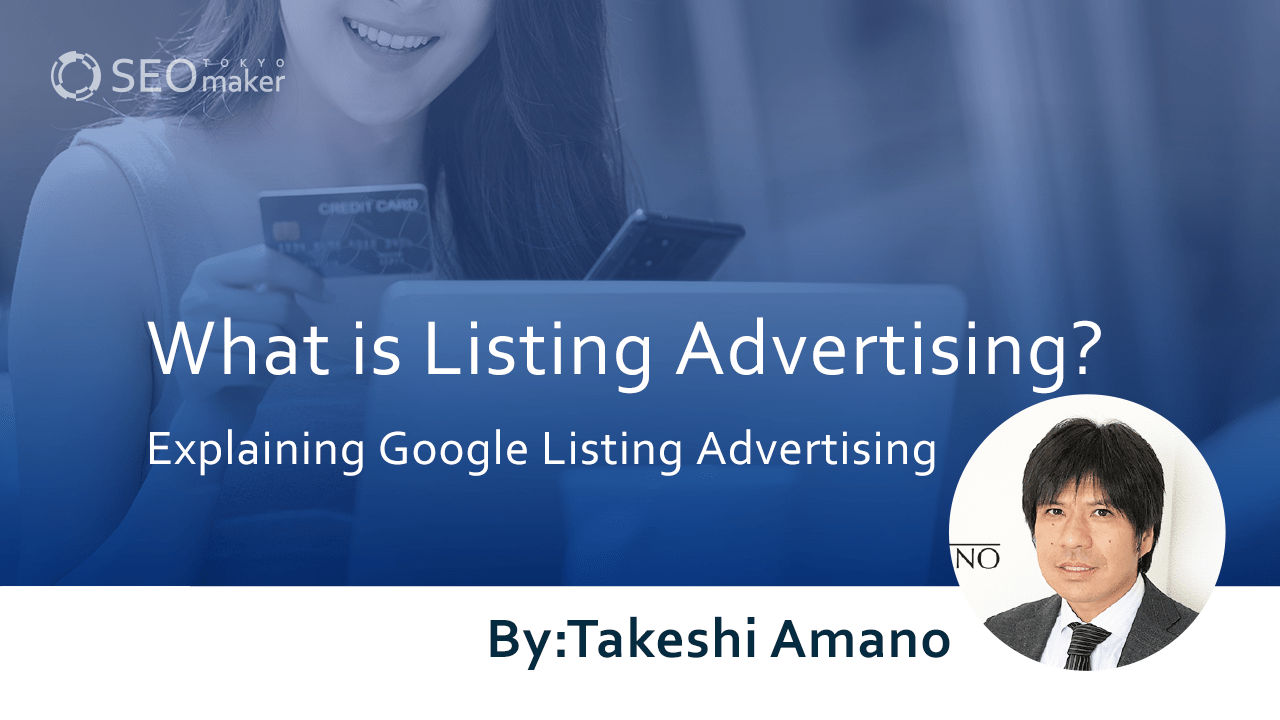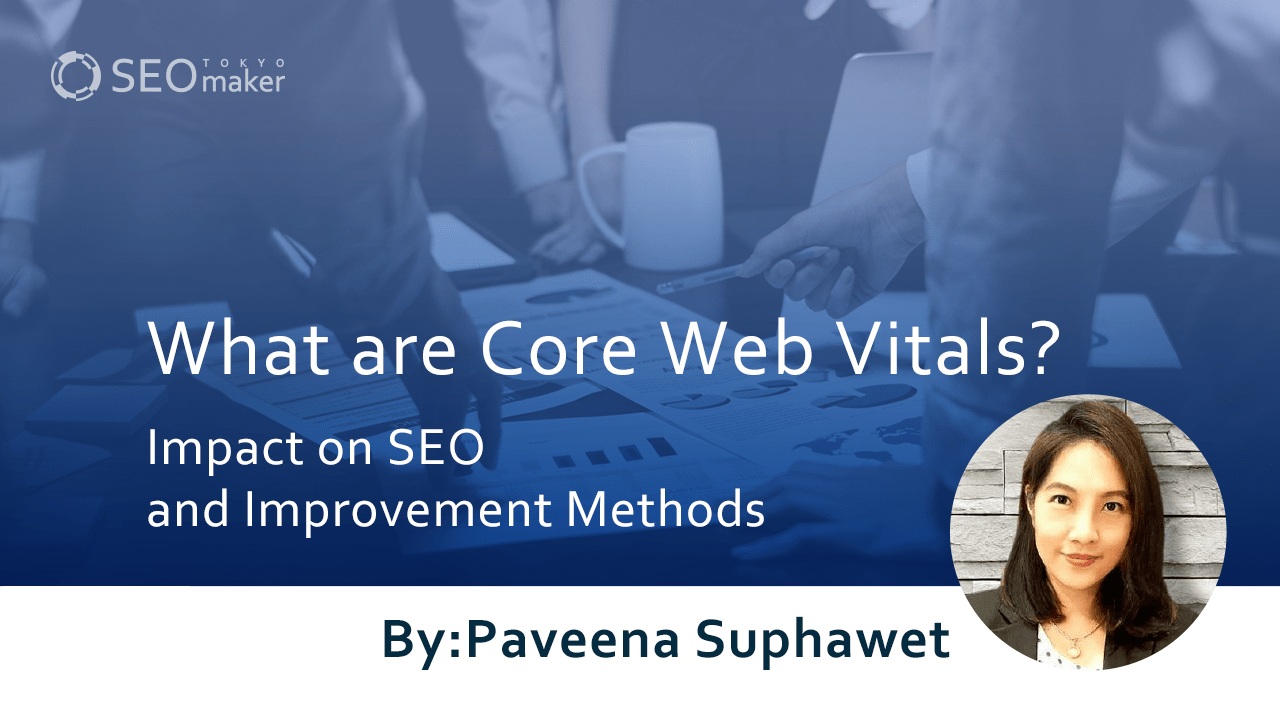About the Specific Algorithms that Determine Google Search Rankings The order of Google’s search results is determined by its algorithm. Although the details of this algorithm are not publicly disclosed, there are several factors believed to significantly impact it. Here, we will explain algorithms related to keywords, domains, and links.
Algorithms Related to Keywords and Site Duration First, let’s introduce algorithms related to keywords and site duration.
RankBrain
RankBrain is ‘Google’s AI algorithm’. It’s an algorithm designed to return the most appropriate answers to search queries. RankBrain interprets the search intent of the entered keywords and enables the display of the most relevant content.
Click-Through Rate (CTR) of Keywords in Organic Search
It was once said that to increase search ranking, the click-through rate (CTR) of a page in search results was important. However, Google has denied that CTR directly impacts search rankings.
While click data is used in algorithm evaluation, it does not seem to directly affect search rankings.
Click-Through Rate (CTR) of All Keywords in Organic Search
CTR itself does not directly affect SEO. However, attractive content tends to gather more clicks. Therefore, it is thought that the higher the overall CTR of a site, the more positively it indirectly influences search rankings.
This translation discusses the role of Google’s algorithms in determining search rankings, focusing on RankBrain, the impact of CTR, and the relevance of keyword-related metrics.
For more detailed insights, it’s advisable to refer directly to authoritative SEO resources and Google’s official communications.
Bounce Rate
The bounce rate is the ‘percentage of users who leave after viewing only the first page.’ Depending on the type of site, a high bounce rate can indicate that users are not being satisfied.
Google has actually stated that bounce rate does not relate to search ranking. However, some studies have shown a correlation between bounce rate and search ranking. Although the extent is unclear, it’s important to keep in mind that bounce rate does influence search ranking to some extent.
Direct Traffic
Direct traffic refers to ‘visitors who arrive directly without a known referrer.’ Although Google denies it, some studies have found a correlation between direct traffic and search rankings.
Some experts point out that ‘Google uses data from direct traffic in Chrome.’
Repeat Traffic
Sites with high repeat traffic may positively influence search rankings. A high repeat rate indicates the continuous provision of quality content.
It’s natural for sites with many fans to rank higher in search results.
Pogo-Sticking
Pogo-sticking is the act of ‘returning to search results and visiting different sites because the visited site did not have the desired information.’ Pogo-sticking occurs because the site doesn’t provide the information users are seeking.
Repeated pogo-sticking can lower search rankings. To avoid this, understanding user search intent and providing dense information is necessary.
Blocked Sites
Google has introduced a block tool that allows users to block certain sites from showing.
Currently, Google’s block tool itself is not said to influence search rankings. However, in the future, sites that are frequently blocked may lower their search rankings.
Google Chrome Bookmarks
Being bookmarked in Google Chrome is not said to directly affect search rankings. However, a high number of bookmarks can signify a site’s credibility, which may indirectly influence search ranking.
Blog posts often have a feature that allows users to post comments.
The number of comments itself does not influence search rankings. However, good content attracts good comments. Therefore, the number of comments can be indicative of the content’s quality and may correlate with search rankings.
Site Dwell Time
Google has explicitly stated that site dwell time does not impact search rankings. On the other hand, a long dwell time on a site is evidence of providing quality content to users.
Therefore, the longer the dwell time on a site, the more it can indirectly positively influence search rankings.
QDF
QDF (Query Deserves Freshness) is an algorithm that prioritizes the most recent information in search results. Especially for news articles, there is a tendency to be ranked higher due to QDF.
For example, if you search for ‘Prime Minister’, news websites are likely to appear at the top. This could be because Google interprets the user’s search intent as wanting to know the latest information about the prime minister.
QDD
QDD (Query Deserves Diversity) is an algorithm that displays a variety of sites to match diverse search intentions.
For instance, users searching for ‘calculator’ may be divided into two groups: those who want to use a calculator online and those looking for a physical calculator. Therefore, the search results display both ‘Web calculators’ and ‘sites with information about physical calculators.’
User Browsing
History Browsing refers to the act of visiting sites using a browser (like Google Chrome or Safari). It is believed that a user’s browsing history could somehow influence Google’s algorithm.
User Search History
A user’s search history influences the search ranking on Google. The search ranking varies based on individual search history, and it may differ for different users based on their interests and preferences.
Instead of focusing on each user’s search history, it is essential to consistently provide high-quality content that aligns with the target audience’s search intentions.
Featured Snippets
In SEO, a snippet is ‘a summary of a site displayed just below its title.’ The snippet can display the meta description or parts of the page content.
Especially notable are the ‘featured snippets’ displayed at the top of the site. Also known as ‘position zero,’ being featured in a snippet can significantly increase click-through rates due to its prominence.
Geotargeting
Geotargeting is an algorithm that displays the most relevant search results based on the geographic location derived from devices like computers and smartphones.
For example, a user in Shibuya searching for ‘restaurants’ on their smartphone will see nearby Shibuya restaurants appear at the top of the search results. This local search approach related to a specific area is referred to as ‘MEO (Mobile Engine Optimization)’ strategies.
SafeSearch
Filtering settings can prevent malicious content from appearing in search results. For instance, adult sites and spam sites that are harmful can be targeted by these filters.
‘YMYL’ Keywords
YMYL stands for ‘Your Money Your Life.’ Search results for keywords that significantly impact users’ lives tend to show content from more authoritative sites at the top.
Fields that fall under YMYL include ‘finance,’ ‘law,’ ‘health,’ and ‘public information.’ For these areas, it is challenging for less credible sources like personal blogs to rank high in search results.
DMCA Complaints
DMCA (Digital Millennium Copyright Act) is a law concerning copyright in the United States. Sites with a high number of DMCA complaints can be excluded from search results by Google’s algorithm.
While understanding the specifics of DMCA is not necessary, it is important to be careful not to create content that violates copyright laws.
Domain Diversity
Google’s search results algorithm is designed to display a variety of sites, ensuring that results from the same domain do not dominate the listings.
Transactional Searches
For users searching with the intent of conducting a transaction, search results tailored to that transaction are displayed. In these cases, the search results tend to be unique to the individual, differing from other users.
Local Searches
Local search refers to ‘displaying the most relevant search results when a search is made related to a specific area.’ For example, when searching for ‘Shibuya hair salon,’ the top results will display ‘hair salons on a map of Shibuya’ and ‘the top three salons.’
Especially for businesses focusing on local clientele, strategizing for local searches (MEO strategies) is essential.
Brand
Sites associated with frequently searched brands are more likely to appear at the top of search results. This is because well-known brands tend to have higher trust from users.
Shopping Results
For certain keywords, shopping search results, including advertisements, are displayed. For example, searching for ‘smartphone’ may display various smartphone products at the top as advertisements.
When searching for keywords associated with high purchase intent, it’s likely that shopping results will appear higher in the search results.
Image Search Results
In certain cases, when specific keywords are searched, image search results appear at the top. For example, searching for ‘cup’ might display various images of cups on the first page of the search results.
There are no specific criteria for such keywords, but it seems that image search results are often displayed for keywords where ‘a visual representation is more informative.’
Single Site Results for Brands
In some not-so-common cases, two pages from within the same brand’s website may appear in the same search results. Having two pages appear can potentially increase the click-through rate.
Introduction to Domain-Related Algorithms
Domain Age
Domain age is defined as ‘the period since a domain was acquired and indexed on a site.’ While it’s understood that domain age has a relation to algorithms, it’s not deemed as highly critical. Matt Cutts, a former Google employee, has affirmed, ‘the difference between a domain of six months and one year is marginal.’
Keywords in Top-Level Domains
A top-level domain signifies the string at the end of a site’s domain. For instance, the top-level domain for our site ‘switchitmaker2.com’ is ‘.com.’ Including keywords within the top-level domain is purported to slightly influence SEO, yet it’s not considered to have a drastic effect. Gary Illyes of Google has noted that the impact of keywords in top-level domains ‘is not as substantial as one might assume.’
Keyword Placement at the Beginning of Domains
Incorporating keywords at the beginning of a domain is recognized as beneficial for SEO. Domains with initial keyword placement tend to have a superior search ranking compared to those without keywords or with keywords located in the middle or at the end.
Keywords in Subdomains
A subdomain is a domain configured under the primary domain. For example, ‘yyy.xxx.com’ would serve as a subdomain if ‘xxx.com’ is the primary domain. It is believed that keywords within subdomains play a role in affecting search rankings.
Exact Match Domains
An exact match domain directly correlates with the searched keyword. For instance, ‘google.com’ corresponds with an exact match domain when searching for ‘Google.’ Historically, exact match domains held considerable strength due to their thematic clarity based solely on the domain name. However, following the EDM Update in October 2012, exact match domains associated with low-quality sites ceased to be displayed.
Disclosure of Domain Whois Information
Whois information refers to details about the registrants of IP addresses and domain names. It is often suggested that publicizing whois information can positively influence SEO. Concealing this information might lead to suspicions of hiding something.
It should be noted that whois information can be verified by entering the domain name on websites like ‘onamae.com.’
Whois Owners Penalized by Google
In cases where Google identifies a specific whois owner as a spammer, it may scrutinize other sites owned by that individual.
Country Code Top-Level Domains
Country code top-level domains vary by nation, such as ‘.jp’ for Japan and ‘.us’ for the United States. These country-specific top-level domains could potentially have an advantageous impact on search rankings within certain countries.
However, it’s important to be aware that country code top-level domains may also limit the ability to rank globally.
Algorithms Related to Links
Let me introduce you to algorithms that pertain to links.
Panda Update
The Panda Update refers to an algorithm update designed to exclude poor-quality content from search results. Previously, Google’s search results often displayed pages with forcibly stuffed keywords or duplicated content at the top, which was a significant concern. Google periodically updates the Panda algorithm to ensure that high-quality content is displayed more prominently.
Fred Update
The Fred Update is an unofficial algorithm update aimed at excluding pages with excessive advertisements from search results. Though not officially recognized, pages heavily laden with ads are now likely to suffer a decrease in search rankings.
Penguin Update
The Penguin Update is an algorithm update designed to eliminate sites that use illicit SEO tactics or spam to boost their search rankings. For instance, while current SEO practices emphasize obtaining backlinks from reputable sites, there was a time when sites exploited this by creating numerous sites just for linking, unethically improving their search rankings. The Penguin Update now effectively weeds out such malicious sites.
Payday Loan Algorithm
The Payday Loan Algorithm targets search keywords contaminated by spam sites. It excludes pages that have risen to the top through illegitimate backlinks or internal strategies. Particularly used for improving search rankings for financial-related keywords like credit cards and payday loans, this algorithm serves to enhance the quality of search results in these areas.
Redirects
Redirects refer to a mechanism that transfers a user from one URL to another. On Google, it has been observed that search ranking can drop if a redirect is placed midway through a page. Particularly during site renovations where URLs are changed, any delay caused by redirects can negatively impact search rankings.
Pop-Ups
Pop-ups, which automatically open a separate window on a site, are generally considered to lower user satisfaction, thereby affecting search rankings. Specifically, pop-up ads can be detrimental to search ranking, so it’s prudent to avoid using them.
Site Optimization
Optimizing the structure within a site can facilitate higher search result rankings. Analyzing frequently visited pages and reflecting similar optimizations across the site is a recommended strategy.
Doorway Pages
Doorway pages are created solely to direct visitors to different sites. Since the primary purpose is redirection, such pages often have sparse content, naturally leading to lower search rankings.
Page Layout Algorithm
The Page Layout Algorithm aims to lower the search ranking of pages where the top portion is predominantly filled with ads. Pages overrun with ads at first glance can be displeasing to users. Such non-user-first sites are likely to suffer from lower search rankings.
Affiliate Links
Affiliate links are special links that earn a commission by promoting products or services of another site. Articles overly saturated with affiliate links are not considered user-first, which can be a factor in lowering search rankings.
Affiliate Sites
Affiliate sites are websites that aim to earn advertising revenue through affiliate links. Operators of these sites earn commissions based on successful transactions or registrations that occur via these links.
It is said that being an affiliate site in itself does not lower search rankings. However, affiliate sites with thin content focused solely on product or service sales can see a decrease in search rankings.
Interstitial Ads
Interstitial ads are advertisements that appear when navigating between pages. A key concern with these ads is when they are difficult to close, such as when the close button is extremely small, leading to unintended ad clicks. In such cases, Google may lower the search ranking for hindering the user’s page experience.
Automatically Generated Content
Content automatically generated by AI or tools exists, especially used by site operators who wish to post large volumes of content. This content, often similar to that of competing sites, is typically undervalued and can negatively affect search rankings.
PageRank Sculpting involves setting nofollow attributes on some links within a site to focus indexing and link value on important pages. It’s a well-known method for deliberately controlling search rankings. However, Google does not recommend PageRank Sculpting, so its implementation is not advised.
Spam-flagged IP Addresses
IP addresses flagged as malicious by Google can face restrictions in future online activities. Operating spam or adult content sites can lead to being marked by Google, so avoiding such activities is wise.
Meta Tag Spam
This dubious practice involves placing irrelevant keywords in areas crawled by search engines to artificially boost search rankings. Naturally, pages utilizing this method, not providing content aligning with user search intent, will see a decrease in search rankings
Unnatural Influx of Links
Placing links unrelated to the page content can negatively affect search rankings. Implementing appropriate internal links is crucial for SEO. Conversely, linking to irrelevant content can provide users with information they are not seeking. Therefore, when adding links, ensure they are relevant to the content.
Warnings for Unnatural Links
Excessively placing irrelevant links on a site can lead to warnings from Google. Ignoring these warnings can result in significantly lower search rankings or even the removal of legitimate links. If you receive a warning about unnatural links, comply immediately and remove any low-quality site links.
Links from Low-Quality Sites
The practice of linking to your site from external sources merely to increase backlinks can backfire. While obtaining links from high-quality sites can positively impact SEO, links from low-quality sites may lead to Google penalties, lowering search rankings. If you’re intentionally linked from low-quality sites, you can disavow these links using Google Search Console.
Domain Relevance
Merely owning a domain does not impact search rankings. However, choosing a domain name related to your site’s theme can make it more recognizable to users. This indirect user recognition can positively influence search rankings
Low-Quality Directory Links
Having low-quality sites directly under the main domain can lower the overall search ranking of your site, similar to acquiring low-quality backlinks. Essentially, to avoid lowering search rankings, it’s crucial to ensure all content is of high quality.
Widget Links
It is recommended not to include anchor text or links in widgets embedding platforms like Twitter or Instagram. Therefore, be cautious not to use ‘nofollow attributes’ or insert anchor texts in widget links.
Links from C-Class or Higher Diversified IPs
Links from medium to large networks (C-Class or higher) are less likely to be perceived as self-serving by search engines, potentially improving search rankings. Especially links dispersed across different C-Class or higher IPs are said to facilitate higher search rankings.
Harmful Anchor Texts
Anchor texts are the texts set over links. For example, ‘Affordable SEO services by Tokyo SEO Maker’ is an anchor text. Setting ambiguous anchor texts like ‘content unknown’ can be perceived by Google as a sign of hacking. Careless placement of anchor texts can be a factor in lowering search rankings, so it’s important to be mindful.
Links from Press Releases
Press releases are information disseminated to stakeholders and media outlets. While obtaining links from press releases was once considered effective, they are now believed to have no impact on SEO. Many media outlets focus on external press release sites, but solely for SEO purposes, this approach may not be cost-effective.
Manual Penalties
Typically, penalties against sites are automatically applied by Google’s AI. However, in cases where reports or AI can’t make a clear judgment, manual intervention by personnel may lead to penalties being imposed on the site.
Link Sales
This refers to the practice where disreputable SEO agencies sell links to external sites for monetary compensation. Many site operators used to buy links from these agencies to deliberately improve their search rankings. However, as repeatedly mentioned, receiving such unscrupulous backlinks can lead to penalties from Google. It’s crucial never to purchase links from external sources.
Google’s Sandbox
The ‘sandbox’ refers to a phenomenon where newly established sites don’t immediately appear in top search results. However, it’s nearly impossible for a site with minimal content in its early stages to rank high. Thus, the sandbox can be considered a normal occurrence. To achieve higher rankings, consistently posting high-quality content is key.
Google Dance
The term ‘Google Dance’ describes short-term fluctuations in Google search rankings. These fluctuations are primarily caused by updates to Google’s algorithms. Generally, the Google Dance is temporary, so it does not require excessive attention. Maintaining a user-first approach should, over time, lead to improved long-term search rankings.
Exclusion Tools
This refers to strategies implemented to intentionally prevent a site from being displayed by Google. Exclusion tools are useful during periods when you do not want your site displayed, such as during new launches or renovations. However, be cautious not to use these tools when you actually intend to have your site indexed in search results.
Reconsideration Requests
If penalized following a warning from Google, it’s necessary to make improvements and submit a ‘Reconsideration Request.’ You must eliminate the issues highlighted in the warning and prove through the reconsideration request that you are now complying with Google’s policies.
Excessive Link
Schemes Receiving backlinks from low-quality sites can be a factor in lowering search rankings. There are cases where, exploiting this mechanism, external entities intentionally link en masse from low-quality sites to lower a site’s search ranking.
In such scenarios, Google Search Console can be used to disavow links from these domains. If you notice an increase in backlinks from malicious sites, it’s advisable to promptly disavow them.
Introduction to Page-Level Algorithms
Keywords in Title Tags
Including keywords in the title (H1) is an essential element for SEO. The targeted keywords should always be incorporated into the title.
Keywords at the Beginning of Titles
Place keywords towards the beginning of the title. According to SEO analysis tool provider MOZ, positioning keywords at the start rather than the end of the title can give a competitive edge in search rankings. It’s recommended to include the keyword within the first 15 characters of the title, depending on the specific keyword.
Keywords in Meta Descriptions
Google does not use meta description information for determining site search rankings. However, users often refer to meta descriptions to understand what a site contains. Including the searched keywords in the meta description can pique user interest in the site. Therefore, to increase click-through rates, it’s advisable to appropriately include keywords in the meta descriptions.
TF-IDF
TF-IDF (Term Frequency-Inverse Document Frequency) is a method used to evaluate the importance of a word in a document. It assesses the frequency of a specific keyword’s occurrence within the text.
Content Length
Articles that align with user search intent and contain extensive information are said to have a higher potential for favorable search rankings. However, it’s not just about lengthening the content; it’s crucial to provide dense, valuable information for effective SEO.
Table of Contents
A table of contents aids users in navigating through content. Modern users, moving away from reading extensive texts, often do not read content from beginning to end. Therefore, creating a table of contents with links to specific sections is recommended to guide readers to their areas of interest.
Keyword Density
Google determines a page’s topic based on the density of specific keywords within the text. However, forcibly inserting keywords can negatively impact SEO. This tactic, once popular, became subject to penalties following the Penguin Update in April 2012.
Latent Semantic Indexing (LSI)
LSI focuses on the relationships between words to interpret the content. For example, it would explore related terms like ‘battery replacement’ or ‘brands’ for the keyword ‘watch.’ Content with well-developed related terms used to be highly rated. However, it is said that Google no longer uses LSI technology.
Rich Content on a Single Topic
Content focusing in-depth on a single topic is reportedly more likely to be rated highly in SEO than scattered content. Simply cramming various pieces of information without focus does not resonate with users. Including rich information that targets specific interests can lead to better evaluations in search results.
Page Load Speed via HTML
Google incorporates page load speed into its algorithm. Although not a major factor, extremely slow-loading pages can potentially impact search rankings. Page load speed can be evaluated through ‘PageSpeed Insights,’ where site URLs are scored out of 100.
Page Load Speed via Google Chrome
The page load speed through Google Chrome does not directly affect search rankings. However, Google uses data from Chrome as a metric to measure page load speed.
Use of AMP
AMP (Accelerated Mobile Pages) refers to content created using methods aimed at speeding up the display of mobile pages. AMP is one of the content types recommended by Google. It’s said that AMP does not directly determine search rankings, but given Google’s emphasis on mobile usability, AMP might become a factor in search ranking determinations in the future.
Entity Matching
An entity, in this context, refers to a concept or object with certain attributes. For example, the term ‘computer’ is associated with attributes like ‘machine,’ ‘internet connectivity,’ and ‘hardware.’ Google is digitizing attributes for each keyword to index sites that better match user search intent.
Google Hummingbird
Introduced in 2013, ‘Hummingbird’ is a Google search algorithm that focuses not just on individual words in search queries but also understands the context and meaning of the phrase. For instance, users searching for ‘Shibuya’ might want to know about tourist spots in Shibuya. By understanding such search intents, Hummingbird aims to return the most relevant results, thereby enhancing user satisfaction.
Algorithms Related to SNS and Brand
Brand Name Anchor Text
Anchor text refers to the textual content of a link. Including a brand name in anchor text is said to positively influence search rankings. It is not recommended to overlook anchor text or to set it arbitrarily.
Brand Searches
When searching for a brand or company name, the official website, which often includes the brand name and address, is likely to appear higher in search results. For instance, searching ‘Gucci’ will likely show the official online store at the top. Official sites are considered reliable, hence their prominent placement in search results for brand or company name searches.
Brand Name + Keyword Searches
Targeting ‘brand name + keyword’ rather than just the ‘brand name’ can capture more purchase-intent queries. For example, a user searching ‘Gucci watch’ may have a higher purchase intent compared to someone searching only ‘Gucci.’ Therefore, it’s beneficial to strategize for various ‘brand name + keyword’ combinations.
Facebook Pages
Facebook pages appearing in search results are likely accounts with a significant number of ‘likes.’ Well-known Facebook accounts can expect to attract traffic from organic searches.
Similar to Facebook, Twitter pages that show up in search results are likely accounts with a substantial following. Twitter accounts with high name value can also anticipate organic search traffic.
Legitimacy of Social Network Accounts
Current SEO trends suggest that being rated by authoritative SNS users can positively impact search rankings. Thus, considering SNS is now an essential strategy in SEO.
Physical Store Locations
In local searches, the most relevant results for the area are displayed. Therefore, for physical stores, the address listed on the site or Google Business Profile is a crucial element for attracting customers.
Here are the answers to some common questions about Google’s algorithm
Q: How can I check for updates?
A: While Google occasionally announces major algorithm updates, not all updates are publicly disclosed. It can be challenging to track every update. Therefore, focus on significant updates that might impact your site. You can stay informed by following SEO news sites, forums, and blogs. For example, websites like Search Engine Journal, Moz, and Search Engine Land often provide timely updates on major Google algorithm changes.
Q: What are core updates?
A: Core updates are substantial changes Google makes to its search algorithm that generally have a wide-reaching impact on search results. These updates can significantly affect site rankings, so it’s crucial to keep up-to-date with the latest information. Google often posts about these updates on their Search Central Blog and through official Google SearchLiaison social media channels.
Q: Is artificial intelligence used in Google Search?
A: Yes, Google utilizes artificial intelligence in its search algorithms. A notable example is RankBrain, a machine learning system introduced in early 2015. Its primary role is to understand user search intent and deliver the most relevant search results. More information about RankBrain and AI’s role in search can be found in Google’s Search Central Blog and scholarly articles on AI in search technologies.
Q: What is a Google penalty?
A: A Google penalty is applied to websites that violate Google’s guidelines. Penalties can be the result of automatic detection by algorithms or manual review. If penalized, Google notifies site owners through the Search Console. It’s crucial for website owners to adhere to Google’s guidelines to avoid penalties. You can find more about Google’s guidelines and penalties on the Google Search Central documentation and SEO forums where experts discuss these topics.
Summary
In adapting to Google’s algorithms, it’s pivotal to always aim for a user-first approach, a strategy well encapsulated by the saying ‘More haste, less speed.’ We have discussed numerous Google algorithms. However, what’s crucial for improving search rankings is focusing on ‘creating quality content’ and ‘consistently prioritizing a user-first mindset.’ Understanding the algorithms is important, of course, but it’s essential to devise strategies while considering ‘the most effective ways to enhance the user’s search experience.'”
For more in-depth insights on adapting to Google’s algorithms and the importance of user-first content, reliable resources include the Google Search Central Blog, Search Engine Journal, and Moz. These platforms provide comprehensive information and updates on the latest trends and changes in SEO and Google’s algorithms.

Author Profile
Mr. Takeshi Amano, CEO of Admano Co., Ltd.
Mr. Takeshi Amano is a graduate of the Faculty of Law at Nihon University. With 12 years of experience working in the advertising agency industry, he discovered SEO and began his research during the early days of SEO. He self-taught and conducted experiments and verifications on over 100 websites. Using this expertise, he founded Admano Co., Ltd., which is currently in its 11th year of operation. Mr. Amano handles sales, SEO consulting, web analytics (holding the Google Analytics Individual Qualification certification), coding, and website development. The company has successfully managed SEO strategies for over 2000 websites to date.
Return to the top of Japan SEO
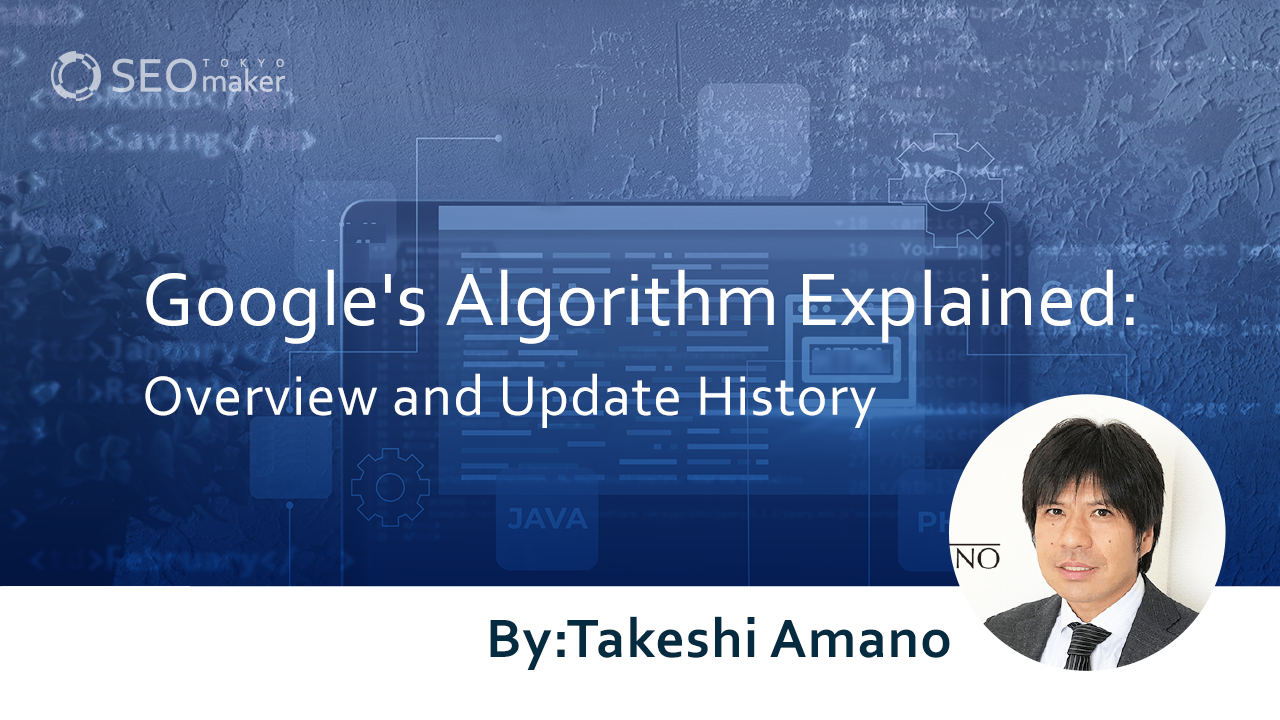 Google frequently updates its algorithm, a matter of significant interest for web managers as these updates can greatly impact website rankings in SEO.
Google frequently updates its algorithm, a matter of significant interest for web managers as these updates can greatly impact website rankings in SEO.




